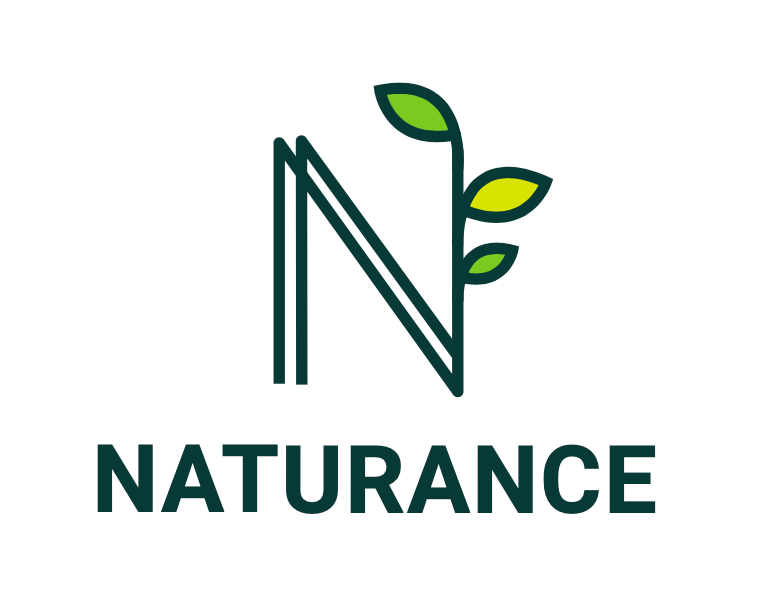Article by Pranav Shankar Kaundinya (Research Assistant, Grantham Research Institute), and Mariam Parekhelashvili (Associate Project Manager, MCII/UNU-EHS)
As climate risks intensify, insurance and nature-based solutions (NbS) are gaining recognition as vital tools for resilience. Yet, the uneven capacity to respond to these risks reveals deeper questions of fairness. Who gets protected and how so, depends not solely on exposure, but also on access to resources and capacities. This imbalance raises an important question: what does fairness look like when it comes to protecting people (and nature) from climate threats? In this blog, we explore how the insurance sector, policymakers, and researchers are grappling with this challenge, and why equity must be at the heart of any climate resilience strategy and solution design.
Munich Climate Insurance Initiative (MCII) and the NATURANCE team at the Grantham Research Institute at the LSE are working with practitioners to explore how equity issues can be better studied and addressed on ground, particularly with respect to NbS as a solution. Part of this project was a workshop facilitated at a recent “Scaling Insurance Impact for Communities and Ecosystems” event co-hosted by The Nature Conservancy, Consensus Building Institute and Howden Foundation where we introduced a series of frameworks that could be used to approach the question in a structured and navigable manner, resulting in much discussion and deliberation. Nuanced insights emerged throughout the day about the practical challenges of applying equity frameworks in real-world contexts. The discussions highlighted how structured approaches to equity can make explicit many of the implicit decisions and assumptions that shape insurance policy design. Eight key insights emerged from the participants’ reflections:
- Understanding “who” a policy targets is more complex than it seems: Vulnerability is not defined by a single characteristic; rather, it is shaped by an amalgamation of factors like where someone lives, their income, racial or cultural background, gender identity, migration status, or housing situation. These factors often overlap and interact in different ways. Given this multi-faceted nature, there is no one-size-fits-all rule for identifying who should be included in a policy. Conversely, it needs to be carefully considered in each specific context.
- Equity perspectives can vary across the insurance ecosystem: What equity means on the ground and how it could be addressed depends on where an individual sits within the insurance ecosystem. A claims-adjuster may have a very different view of what equitable looks like on ground versus a modeller who may take a more long-run macro-level perspective. Integrating equity in insurance policy design needs to reconcile these differences in perspective across the organisation to successfully address an inequity.
- What can be addressed depends on the scope of the policy: Which stakeholders get to shape the process when designing and reforming a climate or natural asset insurance policy depends on whether it operates at a micro (household), meso (community) or macro (national) level. This in turn influences which equity challenges are to be considered and addressed. While insurance to households could assist poorer households to invest in flood resilient infrastructure, the same actions may not apply when thinking about insurance at a sovereign level.
- Integrating vs adding-on equity: A pragmatic challenge many practitioners spoke of is whether it is more sensible to ingrain certain equity issues into all decisions or whether it should be an add-on dimension. While the latter may be easier to implement, integrating equity into the core of decision-making could drive deeper, systemic change. Hypothetically this could mean the difference between whether an insurer considering affordability across its product line from the design stage or tacking on a simple cross-subsidy on top of the existing base policy for affordability’s sake.
- It takes real effort, not just good intentions: Designing affordable insurance products is a start, but it is not enough on its own. Many participants stressed that making outcomes truly equitable takes extra work – from outreach and trust-building to tailoring processes for meaningful participation of the communities who languish in the margins. Without that additional effort, equity goals risk staying on paper only. Thus, while affordability could be one option, there are other considerations to address inequities, such as the type of trigger, claims process or even coverage.
- From costs vs benefits to responsibilities vs capabilities: During the workshop, the discussions started with answering ‘who pays and who benefits’, but further on in the hour, participants reflected on their own experiences and how they have grappled with defining a framework for equity. Towards the end, many had asked “who has the capacity to act and bear which responsibilities” considering context to account for the fact the risks are collectively produced and need collective action to be addressed.
- You cannot make bricks without clay: Modellers and actuaries in the room raised the fact that much of the data used rarely provide a full picture of vulnerability, leading to potentially biased reflections of risk and capabilities and ultimately sub-optimal decisions. Without better data and real community engagement, even well-intentioned policies can reinforce the very inequalities they aim to fix. The need for quantification also raised the issue of how ‘equity’, a complex, multi-dimensional concept can be measured numerically, one that most participants struggled to grapple with in the limited workshop time.
- Equity should not be assumed; it needs to be tracked: Many participants highlighted the need for financial support, particularly through public subsidies, grants and philanthropic aid. Resource allocation decisions can make or break whether insurance projects serve those who need them the most. The philanthropic and development community must build in safeguards and checks to ensure that the resources benefit and actually reach the poorest and most vulnerable.
The reflections that have emerged from this initial foray into the world of equity demonstrate that there is no single, global lens that can be used to find a straightforward answer but rather require a revisit of the fundamental assumptions and logics a climate risk and natural asset insurance policy is built and operated on. The road ahead requires a continued conversation between practitioners, communities, policy-makers and donors to strike a balance between a principled and pragmatic solution design. As climate and nature risks continue to intensify, it is even more essential to create a robust and sustainable solution that maintains social legitimacy and sustains stakeholder support into the long-term.
As we grapple with these human-centred equity challenges, a fundamental question emerges, that was not raised during the workshop: how do we account for nature’s interests in climate insurance design? If we are serious about nature-based solutions, should ecosystems not themselves be considered stakeholders with legitimate claims? What would this look like in practice, and is it even feasible?
Press corner
- Insurance, equity and nature in England’s changing climate (LSE’s Grantham Research Institute website – Commentary, 1 August 2025)
- Bridging the Gaps: Insurance, Equity, and Nature in a Changing Climate (Munich Climate Insurance Initiative website)
Picture: Joshua Mayer via Flickr.

